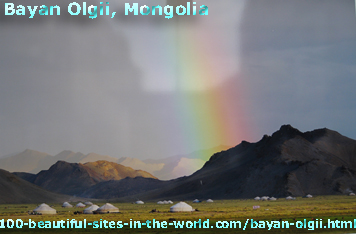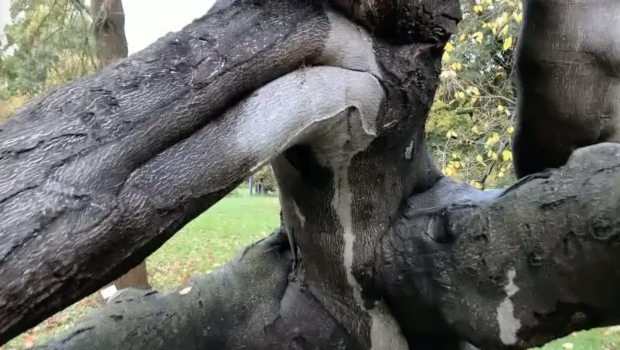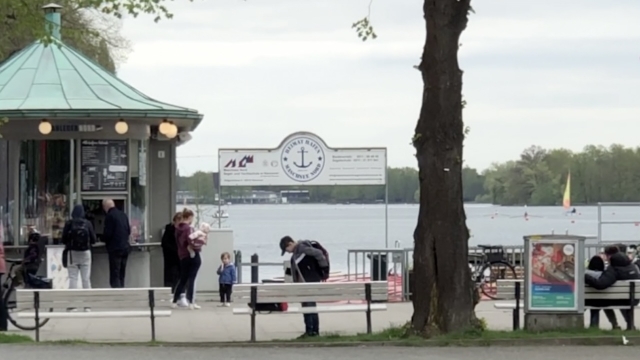How Do Mongolian Nomads Live in Bayan Olgii?
The Mongolian nomad herders roam Bayan Olgii, the western remote province in Mongolia, over the past 3000 years, searching for pasture to develop their traditional way of existence. By some measures, the area is beautiful but it is harder enough for them to settle.
The following lines cover the life the Mongolian nomads live in brief. If you know more about them or their area, please use the form on this page to write about it. Thanks.

Bayan Olgii is the highest province (aimag) in the area and it is located in the Mongolian Altay Mountains. The province is bordered by Russia and China. The Mongolian live there as nomadic herders, leading a pastoral way of living and moving around in search of pasture for their livestock and campsites for their gers (their word for a yurt, a round moveable dwelling).
Currently, half of the nearly three million people in Mongolia still live as herdsmen. Just like their ancestors, they depend on the harsh environment of the steppes. For Mongolian herdsmen and women, horses are indispensable. They provide transport and the mares supply milk, which is also fermented into the national alcoholic drink, airag.
The herdsmen raise cows, yaks, sheep and goats. They breed camels as well in the southern Gobi desert. The cattle supply them with the most important foodstuff, like meat, milk, yogurt and cheese. Their sheep provide wool for clothing and felt for their ger'er.
Depending on seasonal changes in the Mongolian plains, most Mongolian nomads move their campsite three times a year. In the more rugged environments, when it becomes difficult for them to live, they move to the south up to 18 times a year.
During the next 80-90 years, rainfall patterns are expected to change and temperatures are projected to rise by 3.5-4º C.
This will have a negative impact on the production of grass and herbaceous vegetation on the plains. The harsh semi-desert of the Gobi will spread northward, and it will become more difficult for the Mongolians to find sufficient food for their livestock.
In turn, this could be a threat to their survival as their traditional lifestyle and the production of meat, milk and wool will no longer be enough.
Is there any wrong information in this article? Would like to write a review from different angle? Have more information about the area and want to share it? Please, use the following form and contribute to this page. Thanks.
Have A Great Story About Some Beautiful Sites in the World?
Do you have a great story about any beautiful site in the world? Share it!
Here are more things to do if you have enjoyed reading this page about Bayan Olgii in Mongolia. Please share it with your services through the buttons here, at the left column of the page and at the bottom of the page. This could be also additional value to you, as you could experience some social networking technologies and know more.
I use "Solo Build It" tools at the bar below to empower this page about Bayan Olgii in Mongolia and the entire 100 Beautiful Sites in the World. Thanks to those strong website building and optimizing tools.
Home| 100 Beautiful Sites Blog| Bayan Olgii| Big Sur| Boreal Forest| Borneo| Copenhagen| County Meath| Franz Josef Glacier| Ilulissat| Lake Chad| Mergui Archipelago| Monteverde Cloud Forest| Naukluft Park| Niger Delta| Norwegian Tundra| Okavango Delta| Olympia| Paris| Rotterdam| Rub al-Khali| Rio de la Plata| Upper Po Valley| Yamal Peninsula| Beautiful Scene Newsletter|

